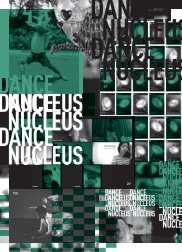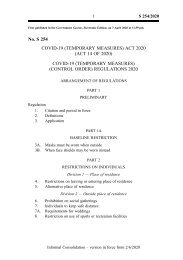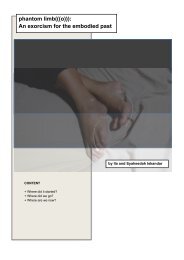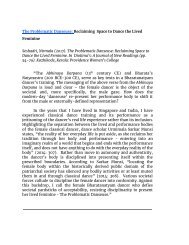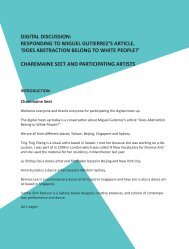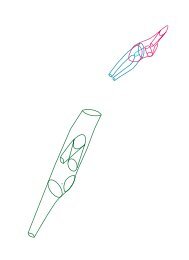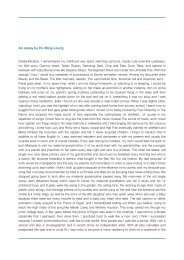Hermansyah Brotherhood
- No tags were found...
Create successful ePaper yourself
Turn your PDF publications into a flip-book with our unique Google optimized e-Paper software.
AL ALBAB Volume 7 Number 1 June 2018<br />
remain, and passed on to the next generation, although times are changing,<br />
and tradition disappears (Wattimena, 2012: 2). According to Confino (1997:<br />
1389) Memory as a study of collective mentality provides a comprehensive<br />
view of culture and society that is often lost in the history of memory.<br />
Each community in the world has a past. In fact, as Robert Bellah claimed,<br />
the so-called communities are determined by what happened in their past.<br />
He argued, that a true community is a community of memories, a community<br />
based on a past, and never forgetting it. To preserve its past, a community,<br />
according to Bellah, needs a story. They create stories that contain meaningful<br />
values for the community. Such stories are very important to preserve and<br />
develop the collective identity of the community. However, not only are stories<br />
told about the good and success of the past, but also stories about painful<br />
events, and failures that can be learned. Stories of negative events from the<br />
past can actually become the bond of a strong collective identity, and create<br />
a deep sense of togetherness. “And if a community is completely honest,” as<br />
Bellah wrote, “they will remember stories not only of the suffering it receives,<br />
but also the suffering it causes --dangerous memories, because it invites the<br />
community to transform the ancient evil” ( Wattimena, 2012: 6).<br />
Olick (Widjaja, 2010: 15) mentioned about the three principles for analyzing<br />
memory and processing the content in it. First the collective memory is not<br />
monolithic. Collective warning is a very complex process, involving many<br />
different people, practices, materials, and themes. Secondly, the concept of<br />
collective memory will encourage us to see memory as an authentic residue<br />
of the past or vice versa as a dynamic construct in the present. The complex<br />
recall process is always a fluid negotiation process between today’s desires and<br />
relics of the past. Third, it must be remembered that memory is a process, and<br />
not an object. Collective memory is something we did, not something we had.<br />
Therefore a sensitive analysis tool that is sensitive to diversity, contradictions,<br />
and dynamics is required. Thus the memory first forms in the present as well<br />
as in the past and is something that is not fixed. Memory is something that<br />
lives in dynamics at both the individual and collective levels. For the purposes<br />
of this paper, the term collective memory refers to the collective memory<br />
among the Malays in the form of past stories, beliefs, practices, and which<br />
have become traditions such as farming.<br />
BELIEF<br />
Although belief / Religion –in addition to language and culture-- as a major<br />
marker of the Malay and Dayak differences, traces of old beliefs can still be<br />
traced in the daily life of the Malay and the Dayaks. This trust trail shows the<br />
[ 59 ]




